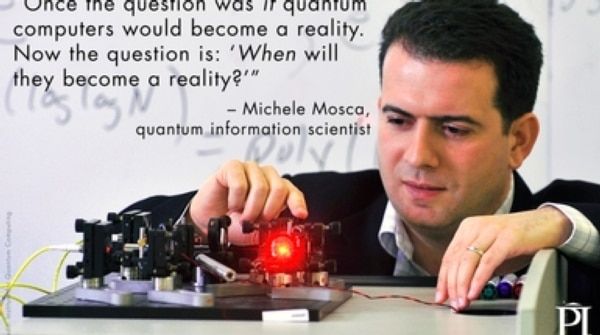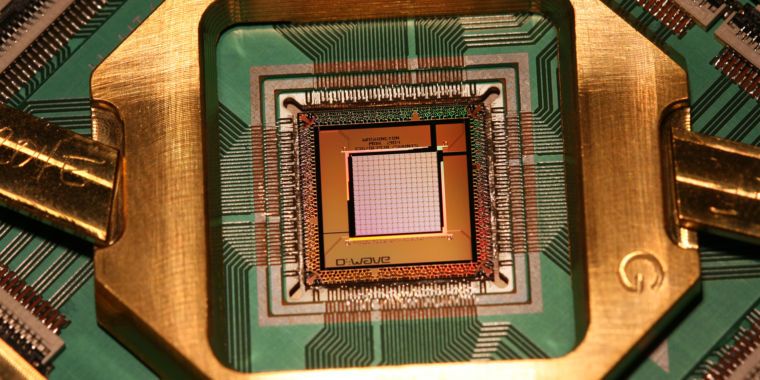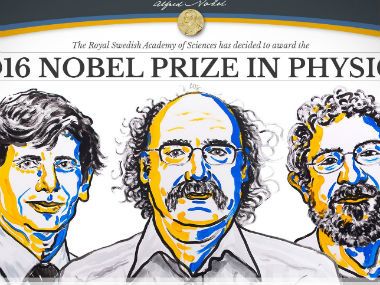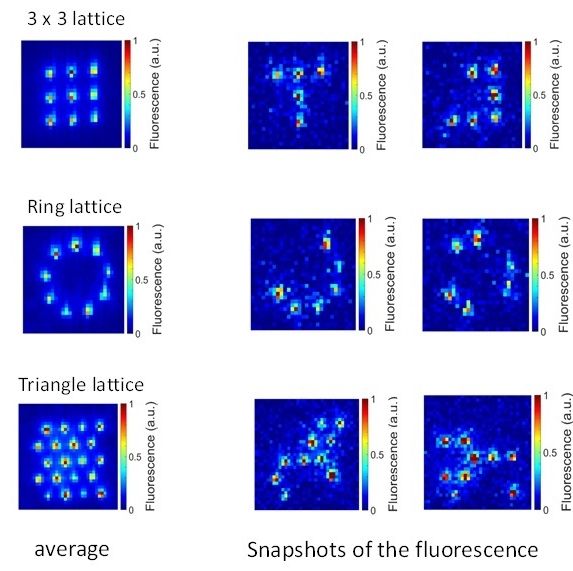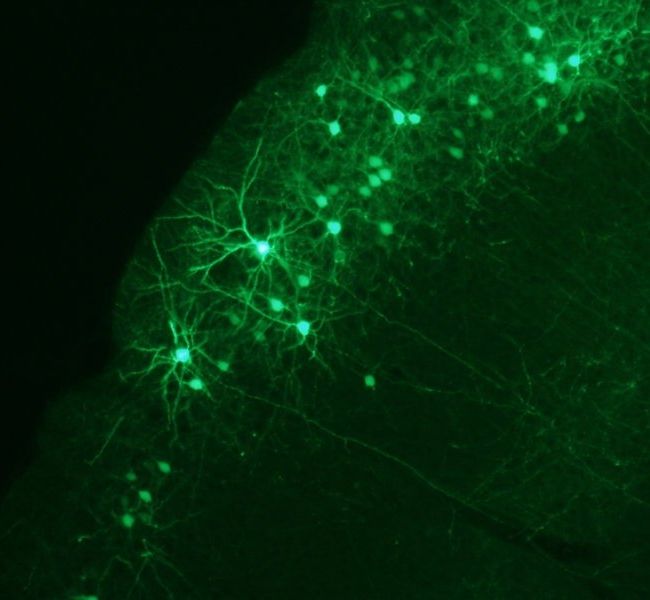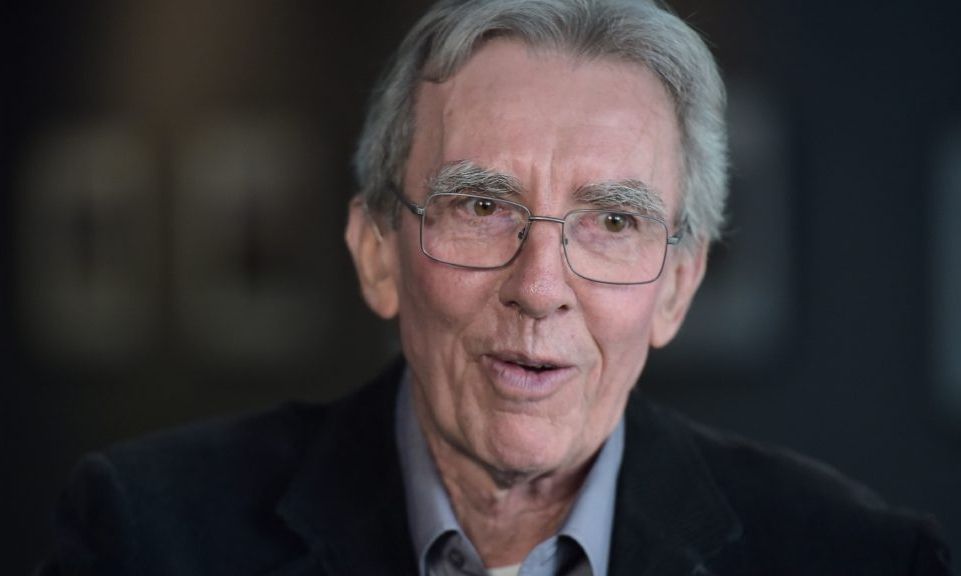Oct 5, 2016
Chinese man gets three years in US prison for theft of corn secrets
Posted by Karen Hurst in categories: business, law enforcement
A Chinese man has been sentenced to three years in a U.S. prison for conspiring to steal high-tech U.S. corn seeds with the intention of transporting them to China, the U.S. Justice Department said on Wednesday.
Mo Hailong, 46, pleaded guilty in January in federal court in Iowa to conspiring to steal patented corn seeds from DuPont Pioneer and Monsanto Co. Mo was employed as director of the international business of the Beijing Dabeinong Technology Group Co Ltd.
(Reporting by Eric Beech; Editing by Mohammad Zargham)
Continue reading “Chinese man gets three years in US prison for theft of corn secrets” »


